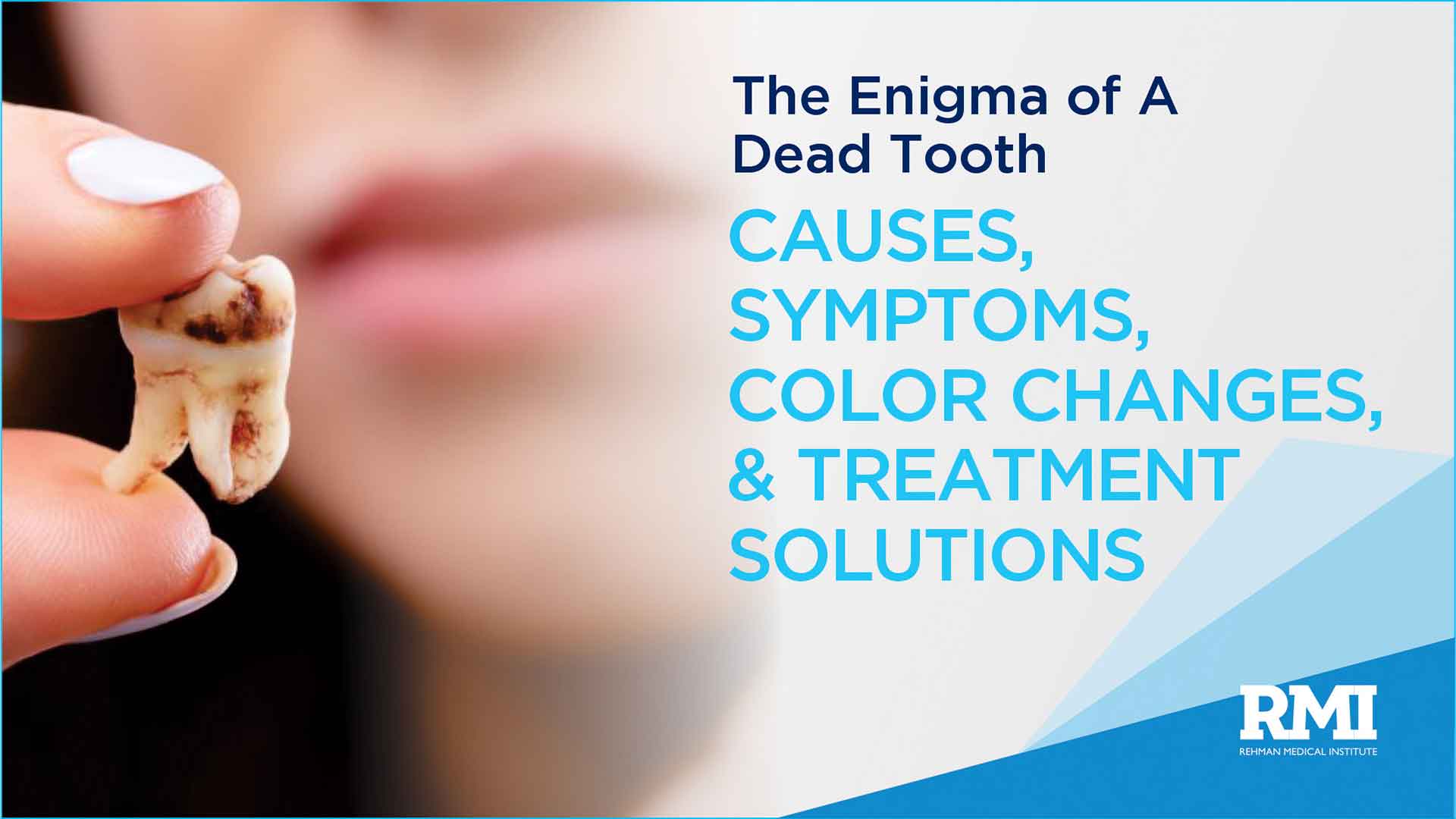A dead tooth, scientifically termed a non-vital tooth, can be a source of worry and discomfort. Understanding the intricacies of what causes a tooth to die, recognizing the symptoms, understanding color changes, and exploring the latest treatment options are crucial for maintaining optimal oral health. In this SEO-friendly blog post, we’ll dive into the depths of a dead tooth, shedding light on its causes, symptoms, color variations, and the cutting-edge treatments available.
Causes of a Dead Tooth:
The journey to understanding a dead tooth begins with its origins. Explore the various causes, such as traumatic injuries, deep-seated decay, or compromised blood supply. Identifying the root cause is the first step towards devising an effective treatment plan.
Recognizing Symptoms:
Early detection is key. Outline the array of symptoms that may indicate a dead tooth, including persistent pain, discoloration, and heightened sensitivity. Emphasize the importance of prompt dental attention when these signs manifest.
Color Changes in Dead Teeth:
Dive into the spectrum of color changes that can occur in dead teeth – from yellowing to graying or darkening. Explain how these changes are linked to the breakdown of internal tissues and the accumulation of debris within the tooth.
Dental Procedures for Diagnosing a Dead Tooth:
Highlight common diagnostic procedures, including X-rays and vitality testing, employed by dentists to confirm a tooth’s status. Stress the significance of early detection in preventing further complications.
Effective Treatment Options:
Explore treatment options tailored to the severity of the condition, ranging from root canal therapy to tooth extraction. Discuss the benefits of preserving a natural tooth through a root canal procedure and the importance of replacing extracted teeth for overall oral health.
Importance of Timely Intervention:
Underscore the critical role of early intervention in preventing the spread of infection and preserving surrounding teeth. Offer practical tips on maintaining good oral hygiene to reduce the risk of tooth decay and related complications.
Restoring Aesthetics and Function:
Conclude by discussing the cosmetic aspects of treating a dead tooth, such as tooth-colored fillings or crowns that not only restore appearance but also ensure optimal tooth function. Highlight technological advancements that offer more aesthetically pleasing solutions.
A dead tooth may seem daunting, but with timely intervention and the right treatment plan, you can restore your oral health and maintain a confident, vibrant smile. If you suspect a dead tooth or experience related symptoms, schedule a dental appointment promptly. Your oral health is a vital component of your overall well-being, so take proactive steps and regain the vitality of your smile.

